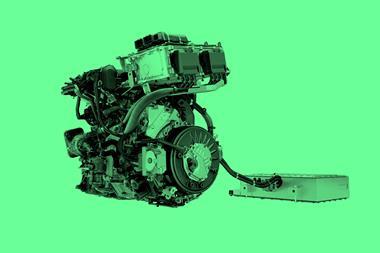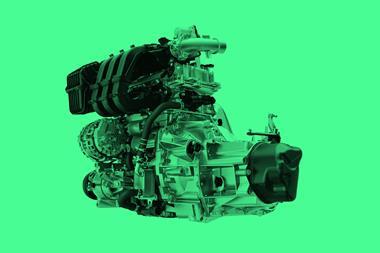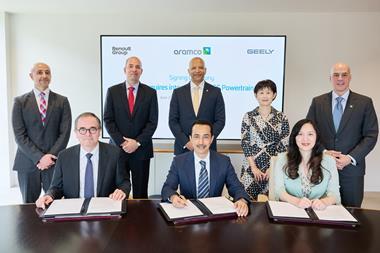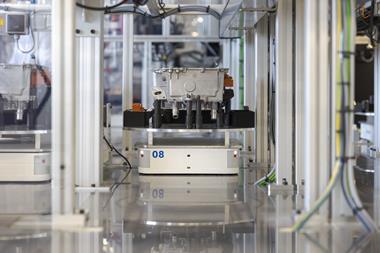HORSE has introduced innovative Range Extender powertrains for passenger and light commercial vehicles. Offering a 200km electric range plus an additional 600km from an onboard engine, this technology reduces battery size by over 50%, cutting costs and weight.
Innovative and low-emissions powertrain systems firm, HORSE, has announced the launch of its next-generation Range Extender powertrains for both passenger and light commercial vehicles. This new technology is said to represent a significant leap in efficiency and range for EVs.
The new Range Extender powertrain delivers a 200km pure-electric range, with the onboard engine adding a further 600km, bringing the total range to over 800km, according to HORSE. The firm has developed a solution which reduces the battery size “by more than 50% compared to equivalent EVs”, resulting in cost savings, weight reduction and decreased demand on the critical mineral supply chain, says HORSE. The Renault subsidiary’s powertrain technology can be applied to existing EV architectures, as well as to traditional combustion engine platforms.

Working of the efficient and flexible powertrain
The tech operates by using an onboard engine as a power source for the vehicle’s battery. This engine powers the battery via an electric generator, outputting 50kW for passenger vehicles and 80kW for light commercial vehicles. It maintains the battery’s charge level, which powers the electric drive motor.
Unlike traditional plug-in hybrid electric vehicles (PHEVs), the combustion engine of a range extender never directly drives the vehicle’s wheels. When the battery’s state of charge is sufficient, the engine automatically turns off.

Patrice Haettel, CEO at HORSE, emphasised the technology’s versatility and efficiency: “One look at regional level sales profiles around the world points to the need for a variety of power generation solutions to meet individual consumer demands and technical needs.
”There’s not a one-size-fits-all solution, instead we’re developing next-generation hybrids, range extenders, and synthetic and hydrogen fuelled power solutions.”
Charging and Environmental Impact
The vehicle’s battery can also be charged similarly to an EV, using a public charger or domestic power supply. This flexibility, combined with the use of low-carbon fuels, means that the cradle-to-grave footprint of a vehicle powered by a range extender is comparable to that of a long-range EV.
Haettel elaborated on the benefits: “This new Range Extender technology enables users to enter low-emission zones around major cities, driving in pure EV mode.
”However, when the battery charge depletes and the user needs to travel greater distances, the Range Extender adds a further 600km of range enabling travel further afield with ease and maximum efficiency.”
The HORSE Range Extender technology is designed to integrate with any existing vehicle architecture, whether for EVs or traditional combustion engines. The reduced battery size allows for greater efficiency in vehicle design, providing more flexibility in packaging.
HORSE is a Renault subsidiary which operates eight production plants across seven countries, with three R&D centres and a head office in Madrid, Spain. HORSE produces 3.2 million units annually for global customers.






































No comments yet